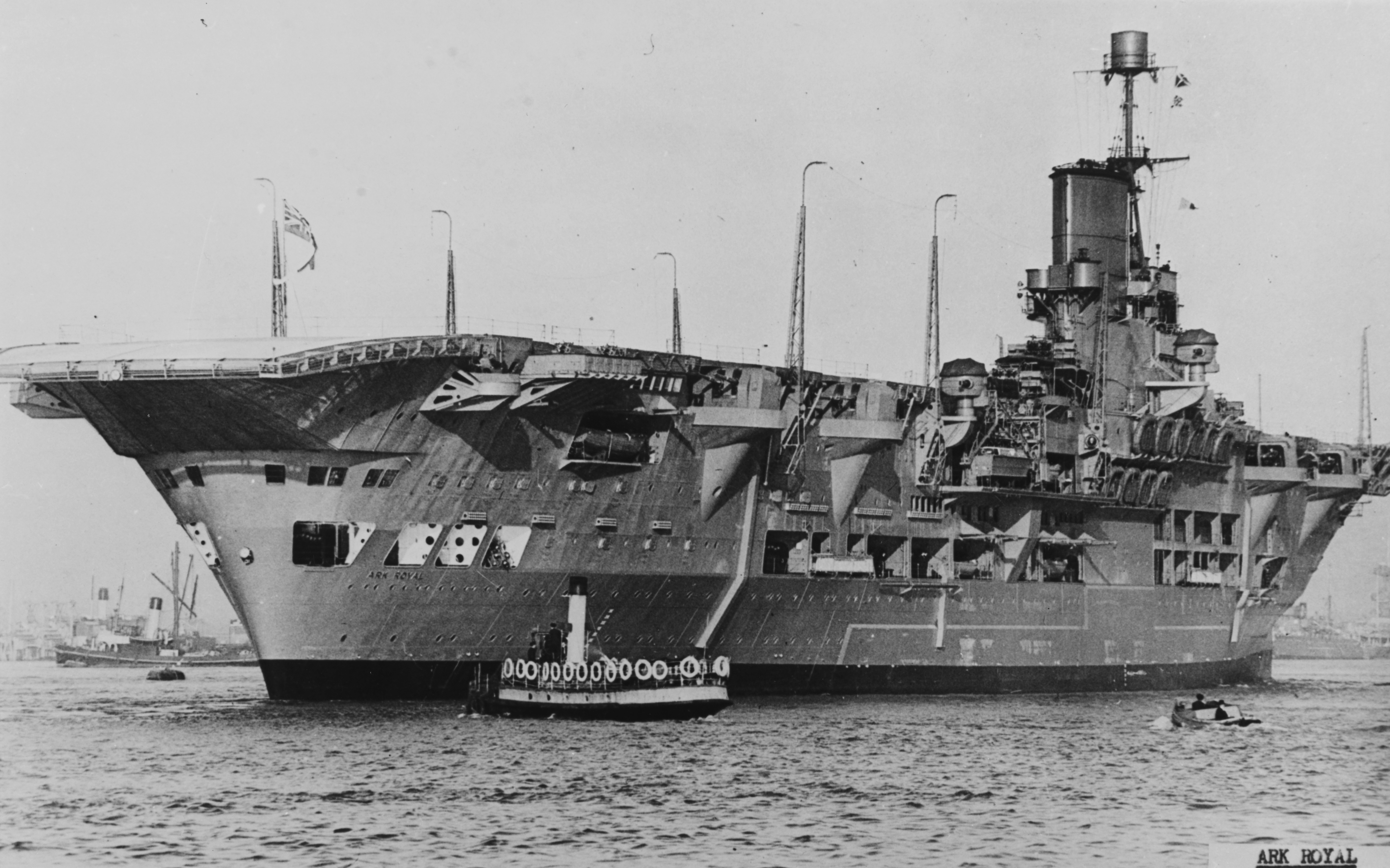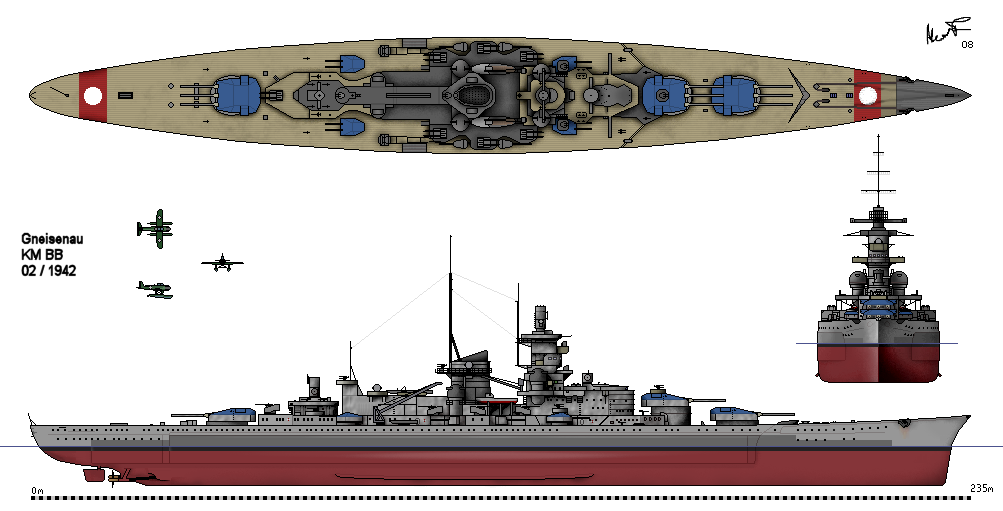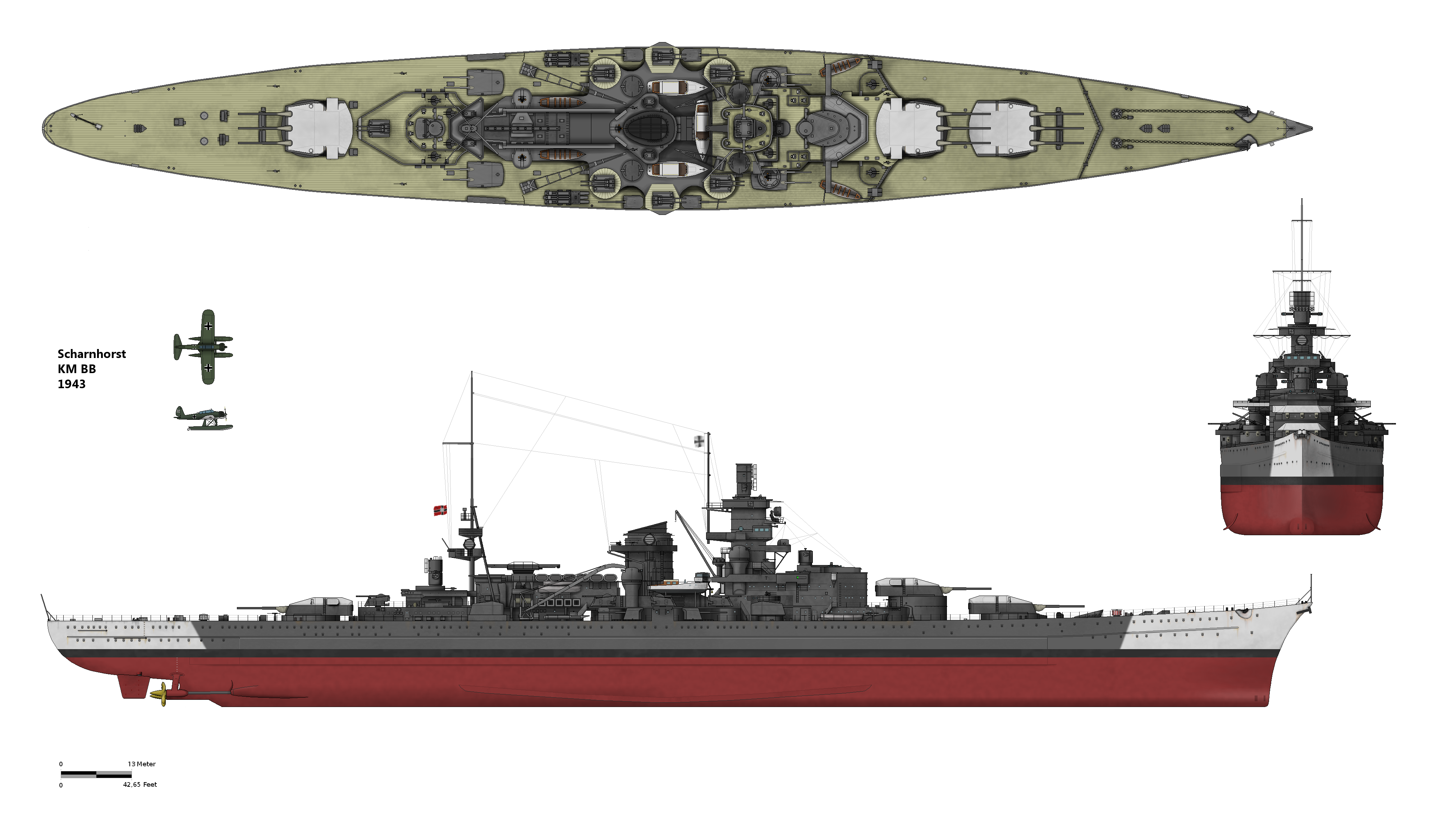|
List Of Royal Navy Losses In World War II
This is a list of Royal Navy ships and personnel lost during World War II, from 3 September 1939 to 1 October 1945. See also List of ships of the Royal Navy. Personnel losses The Royal Navy lost 50,758 men killed in action, 820 missing in action and 14,663 wounded in action.Roskill: "''Royal Navy - Britische Seekriegsgeschichte 1939-1945''", page 403 The Women's Royal Naval Service lost 102 killed and 22 wounded. Battleships The Royal Navy lost 3 battleships: Battlecruisers The Royal Navy lost 2 battlecruisers: Aircraft carriers The Royal Navy lost 5 fleet carriers: Escort aircraft carriers The Royal Navy lost 3 escort carriers: Cruisers The Royal Navy lost 28 cruisers according to Roskill,Roskill: "''Royal Navy - Britische Seekriegsgeschichte 1939-1945''", page 404 and 34 including Commonwealth/Dominion ships, according to the Naval-History project. 27 are listed; in addition was severely damaged by German air attack on 9 October 1943, not fully repaired, and bec ... [...More Info...] [...Related Items...] OR: [Wikipedia] [Google] [Baidu] |
Battle Of The Denmark Strait
The Battle of the Denmark Strait was a naval engagement in the Second World War, which took place on 24 May 1941 between ships of the Royal Navy and the ''Kriegsmarine''. The British battleship and the battlecruiser fought the German battleship and the heavy cruiser , which were attempting to break out into the North Atlantic to attack Allied merchant shipping (Operation Rheinübung). Less than 10 minutes after the British opened fire, a shell from ''Bismarck'' struck ''Hood'' near her aft ammunition magazines. Soon afterwards, ''Hood'' exploded and sank within three minutes, with the loss of all but three of her crew. ''Prince of Wales'' continued to exchange fire with ''Bismarck'' but suffered serious malfunctions in her main armament. The British battleship had only been completed in late March 1941, and used new quadruple gun turrets that were unreliable. ''Prince of Wales'' soon broke off the engagement. The battle was a tactical victory for the Germans, but its impact w ... [...More Info...] [...Related Items...] OR: [Wikipedia] [Google] [Baidu] |
HMS Hermes (95)
} HMS ''Hermes'' was a British aircraft carrier built for the Royal Navy and was the world's first ship to be designed as an aircraft carrier, although the Imperial Japanese Navy's was the first to be launched and commissioned. The ship's construction began during the First World War, but she was not completed until after the end of the war, having been delayed by multiple changes in her design after she was laid down. After she was launched, the Armstrong Whitworth shipyard which built her closed, and her fitting out was suspended. Most of the changes made were to optimise her design, in light of the results of experiments with operational carriers. Finally commissioned in 1924, ''Hermes'' served briefly with the Atlantic Fleet before spending the bulk of her career assigned to the Mediterranean Fleet and the China Station. In the Mediterranean, she worked with other carriers developing multi-carrier tactics. While showing the flag at the China Station, she helped to su ... [...More Info...] [...Related Items...] OR: [Wikipedia] [Google] [Baidu] |
German Submarine U-81 (1941)
German submarine ''U-81'' was a Type VIIC U-boat of the navy ('' Kriegsmarine'') of Nazi Germany during World War II, famous for sinking the aircraft carrier HMS ''Ark Royal''. Design German Type VIIC submarines were preceded by the shorter Type VIIB submarines. ''U-81'' had a displacement of when at the surface and while submerged. She had a total length of , a pressure hull length of , a beam of , a height of , and a draught of . The submarine was powered by two MAN M 6 V 40/46 four-stroke, six-cylinder supercharged diesel engines producing a total of for use while surfaced, two Brown, Boveri & Cie GG UB 720/8 double-acting electric motors producing a total of for use while submerged. She had two shafts and two propellers. The boat was capable of operating at depths of up to . The submarine had a maximum surface speed of and a maximum submerged speed of . When submerged, the boat could operate for at ; when surfaced, she could travel at . ''U-81'' was fitted w ... [...More Info...] [...Related Items...] OR: [Wikipedia] [Google] [Baidu] |
Gibraltar
) , anthem = " God Save the King" , song = " Gibraltar Anthem" , image_map = Gibraltar location in Europe.svg , map_alt = Location of Gibraltar in Europe , map_caption = United Kingdom shown in pale green , mapsize = , image_map2 = Gibraltar map-en-edit2.svg , map_alt2 = Map of Gibraltar , map_caption2 = Map of Gibraltar , mapsize2 = , subdivision_type = Sovereign state , subdivision_name = , established_title = British capture , established_date = 4 August 1704 , established_title2 = , established_date2 = 11 April 1713 , established_title3 = National Day , established_date3 = 10 September 1967 , established_title4 = Accession to EEC , established_date4 = 1 January 1973 , established_title5 = Withdrawal from the EU , established_date5 = 31 January 2020 , official_languages = English , languages_type = Spoken languages , languages = , capital = Westside, Gibraltar (de facto) , coordinates = , largest_settlement_type = largest district , l ... [...More Info...] [...Related Items...] OR: [Wikipedia] [Google] [Baidu] |
HMS Ark Royal (91)
HMS ''Ark Royal'' (pennant number 91) was an aircraft carrier of the Royal Navy that was operated during the Second World War. Designed in 1934 to fit the restrictions of the Washington Naval Treaty, ''Ark Royal'' was built by Cammell Laird at Birkenhead, England, and completed in November 1938. Her design differed from previous aircraft carriers. ''Ark Royal'' was the first ship on which the hangars and flight deck were an integral part of the hull, instead of an add-on or part of the superstructure. Designed to carry a large number of aircraft, she had two hangar deck levels. She was used during a period that first saw the extensive use of naval air power; several carrier tactics were developed and refined aboard ''Ark Royal''. ''Ark Royal'' operated in some of the most active naval theatres of the Second World War. She was involved in the first aerial U-boat kills of the war, operations off Norway, the search for the German battleship , and the Malta Convoys. ''Ark Royal' ... [...More Info...] [...Related Items...] OR: [Wikipedia] [Google] [Baidu] |
German Battleship Gneisenau
''Gneisenau'' () was a German capital ship, alternatively described as a battleship and battlecruiser, of Nazi Germany's '' Kriegsmarine''. She was the second vessel of her class, which included her sister ship, . The ship was built at the ''Deutsche Werke'' dockyard in Kiel; she was laid down on 6 May 1935 and launched on 8 December 1936. Completed in May 1938, the ship was armed with a main battery of nine 28 cm (11 in) C/34 guns in three triple turrets. Plans were approved, once construction had started, to replace these weapons with six 38 cm (15 in) SK C/34 guns in twin turrets, but as this would involve a lot of redesign, construction continued with the lower calibre guns. The intent was to make the upgrade in the winter of 1940–41, but the outbreak of World War II stopped this. ''Gneisenau'' and ''Scharnhorst'' operated together for much of the early portion of World War II, including sorties into the Atlantic to raid British merchant shipping. ... [...More Info...] [...Related Items...] OR: [Wikipedia] [Google] [Baidu] |
German Battleship Scharnhorst
''Scharnhorst'' was a German capital ship, alternatively described as a battleship or battlecruiser, of Nazi Germany's '' Kriegsmarine''. She was the lead ship of her class, which included her sister ship . The ship was built at the ''Kriegsmarinewerft'' dockyard in Wilhelmshaven; she was laid down on 15 June 1935 and launched a year and four months later on 3 October 1936. Completed in January 1939, the ship was armed with a main battery of nine 28 cm (11 in) C/34 guns in three triple turrets. Plans to replace these weapons with six 38 cm (15 in) SK C/34 guns in twin turrets were never carried out. ''Scharnhorst'' and ''Gneisenau'' operated together for much of the early portion of World War II, including sorties into the Atlantic to raid British merchant shipping. During her first operation, ''Scharnhorst'' sank the armed merchant in a short engagement (November 1939). ''Scharnhorst'' and ''Gneisenau'' participated in Operation Weserübung (April� ... [...More Info...] [...Related Items...] OR: [Wikipedia] [Google] [Baidu] |
Norwegian Sea
The Norwegian Sea ( no, Norskehavet; is, Noregshaf; fo, Norskahavið) is a marginal sea, grouped with either the Atlantic Ocean or the Arctic Ocean, northwest of Norway between the North Sea and the Greenland Sea, adjoining the Barents Sea to the northeast. In the southwest, it is separated from the Atlantic Ocean by a submarine ridge running between Iceland and the Faroe Islands. To the north, the Jan Mayen Ridge separates it from the Greenland Sea. Unlike many other seas, most of the bottom of the Norwegian Sea is not part of a continental shelf and therefore lies at a great depth of about two kilometres on average. Rich deposits of oil and natural gas are found under the sea bottom and are being explored commercially, in the areas with sea depths of up to about one kilometre. The coastal zones are rich in fish that visit the Norwegian Sea from the North Atlantic or from the Barents Sea (cod) for spawning. The warm North Atlantic Current ensures relatively stable and high ... [...More Info...] [...Related Items...] OR: [Wikipedia] [Google] [Baidu] |
HMS Glorious
HMS ''Glorious'' was the second of the three s built for the Royal Navy during the First World War. Designed to support the Baltic Project championed by the First Sea Lord, Lord Fisher, they were relatively lightly armed and armoured. ''Glorious'' was completed in late 1916 and spent the war patrolling the North Sea. She participated in the Second Battle of Heligoland Bight in November 1917 and was present when the German High Seas Fleet surrendered a year later. ''Glorious'' was paid off after the war, but was rebuilt as an aircraft carrier during the late 1920s. She could carry 30 per cent more aircraft than her half-sister which had a similar tonnage. After re-commissioning in 1930, she spent most of her career operating in the Mediterranean Sea. After the start of the Second World War in 1939, ''Glorious'' spent the rest of the year unsuccessfully hunting for the commerce-raiding in the Indian Ocean before returning to the Mediterranean. She was recalled home in April 1 ... [...More Info...] [...Related Items...] OR: [Wikipedia] [Google] [Baidu] |
German Submarine U-29 (1936)
German submarine ''U-29'' was a Type VIIA U-boat of Nazi Germany's '' Kriegsmarine'' during World War II. She was laid down on 2 January 1936, launched on 29 August and commissioned on 10 November. During her career ''U-29'' was involved in seven war patrols under the command of ''Kapitänleutnant'' Otto Schuhart. Design As one of the first ten German Type VII submarines later designated as Type VIIA submarines, ''U-29'' had a displacement of when at the surface and while submerged. She had a total length of , a pressure hull length of , a beam of , a height of , and a draught of . The submarine was powered by two MAN M 6 V 40/46 four-stroke, six-cylinder diesel engines producing a total of for use while surfaced, two BBC GG UB 720/8 double-acting electric motors producing a total of for use while submerged. She had two shafts and two propellers. The boat was capable of operating at depths of up to . The submarine had a maximum surface speed of and a maximum sub ... [...More Info...] [...Related Items...] OR: [Wikipedia] [Google] [Baidu] |
Ireland
Ireland ( ; ga, Éire ; Ulster Scots dialect, Ulster-Scots: ) is an island in the Atlantic Ocean, North Atlantic Ocean, in Northwestern Europe, north-western Europe. It is separated from Great Britain to its east by the North Channel (Great Britain and Ireland), North Channel, the Irish Sea, and St George's Channel. Ireland is the List of islands of the British Isles, second-largest island of the British Isles, the List of European islands by area, third-largest in Europe, and the List of islands by area, twentieth-largest on Earth. Geopolitically, Ireland is divided between the Republic of Ireland (officially Names of the Irish state, named Ireland), which covers five-sixths of the island, and Northern Ireland, which is part of the United Kingdom. As of 2022, the Irish population analysis, population of the entire island is just over 7 million, with 5.1 million living in the Republic of Ireland and 1.9 million in Northern Ireland, ranking it the List of European islan ... [...More Info...] [...Related Items...] OR: [Wikipedia] [Google] [Baidu] |

_at_Honululu_c1924.jpg)






_profile_drawing.png)

